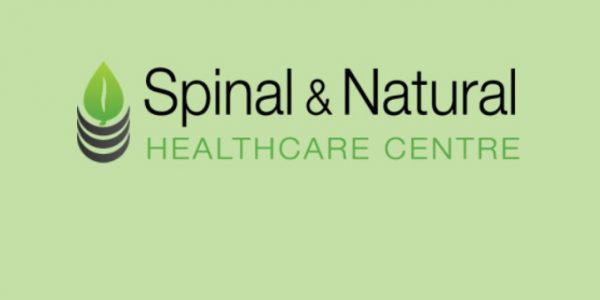We’ve all experienced inflammation.
Common signs of inflammation are pain, stiffness of joints, reddening of skin, swelling, heat and sometimes even flu like symptoms including headaches, loss of appetite, fever, chills and loss of energy. But what’s the point of it and when does it stop being helpful and becomes harmful to us?
Inflammation is your body’s rapid reaction to tissue damage by physical force or attack by bacteria and viruses in the case of infection. Firstly, your blood vessels dilate and be- come more permeable, letting in more blood (hence the reddening, stiffness and warmth) but also white blood cells and chemicals which seek out and destroy dead cells, bacteria and viral bodies. Chemicals that cause blood clotting are released, scar tissue forms and then the lengthy process of tissue repair begins. It’s part of your body’s amazing ability to heal itself.
Sometimes inflammation is inappropriate as in hay fever and sometimes it is devastating as in rheumatoid arthritis, however, even ‘normal’ inflammation can cause problems if it is not dealt with correctly. The problem surrounds the reduced mobility and scar tissue that occurs with inflammation: not moving a joint and allowing scar tissue to form whilst it is set in one position can set you up for future pain and disability.
But hang on, if inflammation is part of the body’s natural defence and repair system how can it be harmful?
Well from an evolutionary standpoint it can be argued that infection was one of the greatest threats to mankind and inflammation was the body’s way of walling off the area with scar tissue to stop the infection spreading and allowing the immune system to attack the infection. Not a bad solution for infections but excess scar tissue (which is less elastic, weaker and more prone to future damage) is not what you want building up around a joint that needs to be free to move. So where inflammation is due to injury and not infection, then you need to intervene in the early stages before scar tissue is laid down inappropriately.
Careful mobilisation of the inflamed area (together with the use of ice packs to reduce the swelling) can help the new cells to form along the natural lines of stress as the tissue heals. Without mobilisation, scar tissue can form randomly around the joint and in turn this causes neighbouring tissue and joints to take on extra work to compensate, thus spreading the problem. Scar tissues in muscle can even result in super sensitivity which is the result of the excess nerve fibres bunching around the scar. This is a YouTube video I made about health and inflammation and how to manage it. https://www.youtube.com/watch?feature=player_embedded&v=n3lh8Pw6Ksc Its a long one but the information is pretty good!
Accurate and gentle chiropractic adjustments to the joint during the early stages of inflammation can minimise the formation of inappropriate scar tissue and where it does form, it forms along natural lines rather than randomly. The joint is kept mobile and returns to a more natural position and function. Pain is relieved and thus the problems that are associated with long term pain (chronic pain syndromes) may be avoided. It’s still your body healing itself but chiropractic adjustments at an early stage of the injury can assist in this amazing natural process.
Sources: King, M. (1994) Inflammation and motion. Dynamic Chiropractic, 12 (22).

